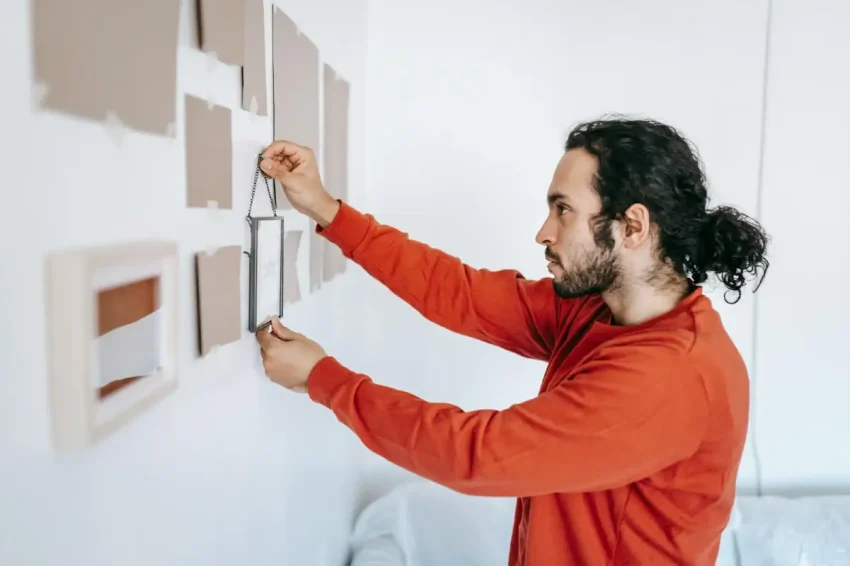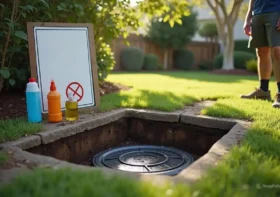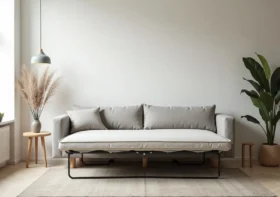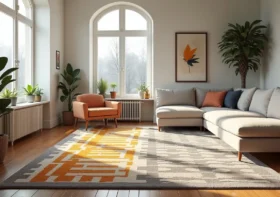The Art of Staging: How to Make Your House Irresistible to Buyers

Selling a home isn’t only about setting the right price or timing the market. Buyers aren’t just evaluating walls and square footage—they’re imagining their future. This emotional connection starts long before an offer is made. A well-presented home can inspire faster decisions and stronger offers.
Staging helps shape the way buyers perceive a property, and in a competitive market, perception often seals the deal. From digital strategies to hands-on presentation, thoughtful staging can be the difference between “just looking” and “we want this one.”
Contents
Creating Atmosphere with Virtual Staging
When selling a vacant home or one with outdated furnishings, visuals fall flat. Empty rooms look smaller, and bare walls rarely leave a strong impression. To spark imagination and interest, many sellers digitally stage your space with sleek furniture and modern accents. This process involves adding photorealistic images to property photos, creating a warm, inviting feel without lifting a single chair.
Virtual staging lets buyers picture the possibilities, guiding them through rooms filled with personality and function. It’s a practical, affordable option, particularly for online listings, where a scrolling thumb decides which homes deserve a second glance.
Let Light Take the Lead
Light influences emotion. A bright, open home feels more spacious and cheerful. Pull back heavy drapes, clean the windows, and make the most of natural light. Where sunlight is scarce, use layered lighting—floor lamps, table lamps, and overhead fixtures—to balance the mood.
Cool, bluish light works better in bathrooms and kitchens, while warmer tones flatter bedrooms and living rooms. Keep bulbs consistent in color temperature for visual harmony. Mirrors help bounce light, especially in darker corners. Reflective surfaces in strategic spots can lift a room’s tone and give the impression of added space.
Neutral Doesn’t Mean Boring
Buyers need a blank canvas, but beige walls and lifeless decor won’t hold attention. The goal is to appeal without overwhelming. Choose soft, current neutrals—warm grays, creamy whites, or muted earth tones. These shades make spaces feel fresh and clean without being sterile.
Accents like throw pillows, artwork, and rugs can introduce depth without dictating taste. Avoid strong themes or color schemes that risk alienating certain buyers. When people walk through the door, they shouldn’t have to mentally erase your choices to see their future in the space.
Furniture That Fits the Flow
Staging isn’t about filling rooms with expensive furniture. It’s about showing how space works. Oversized pieces make rooms feel cramped, while too-small items can look awkward. Every room should have a purpose—turn a corner into a reading nook or a spare room into a cozy office.
Think about how people will walk through the home. Furniture should guide the flow, not interrupt it. Angled placement, area rugs, and low-profile items can help define areas in open floor plans. Remove anything that clutters or confuses. The fewer visual obstacles, the clearer the layout becomes.
Details Buyers Remember
Sometimes the smallest touches leave the deepest impressions. Fresh flowers in the kitchen, a neatly folded throw on the sofa, or a row of matching towels in the bathroom—all these signal care and comfort. Cleanliness goes beyond scrubbing.
Scuffed baseboards, dusty fans, or streaked glass can distract from the positives. Scent matters, too. Avoid anything overpowering; fresh air and subtle natural aromas create the best first impressions. Personal photos, political signs, or anything too niche should be stored away. Buyers should remember the space, not the seller.
Curating Outdoor Appeal
The walk from the curb to the front door sets the tone for everything that follows. A property might shine inside, but if the exterior feels neglected, it can raise doubts before a single step is taken indoors. Cracked walkways, overgrown shrubs, faded paint, or cluttered porches send the wrong message and chip away at a buyer’s confidence.
Start with the basics: trim hedges, edge the lawn, and freshen up any garden beds with mulch or seasonal plants. A pressure-washed driveway or a freshly painted front door can make a striking difference. Even a modest porch feels more inviting with a couple of clean chairs, a potted plant, and a neutral doormat.
In the backyard, remove anything that looks forgotten—broken tools, sagging furniture, or unused toys. Arrange any patio space to suggest comfort and purpose, with simple outdoor seating or a small table. Buyers often view outdoor areas as a place to unwind or entertain, and when these spaces feel cared for, it reinforces the idea that the rest of the home has been, too.
Staging turns a property into a place buyers can imagine as their own. Whether through virtual renderings or thoughtful real-world design, presentation shapes perception. Each room becomes part of a story—one where someone else sees their life unfolding.
The process doesn’t have to be extravagant, but it must be intentional. Clear spaces, good light, and subtle details guide the buyer’s experience. When done well, staging doesn’t just sell a house—it helps people fall in love with it.



